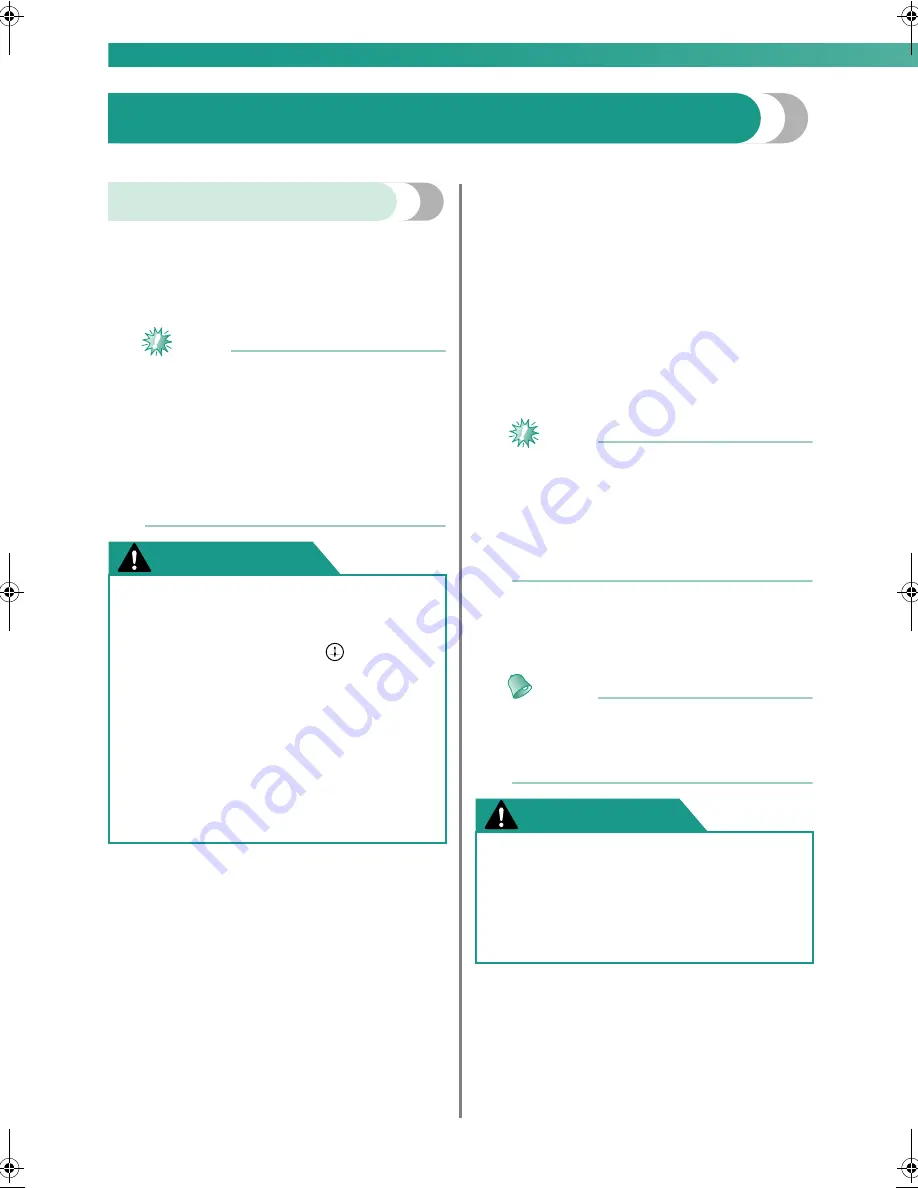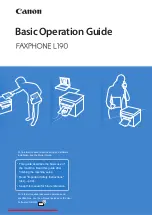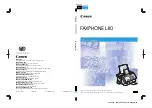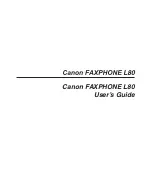
118
EMBROIDERY
— — — — — — — — — — — — — — — — — — — — — — — — — — — — — — — — — — — — — — — — — — — — —
Embroidering Neatly
This section describes the preparations and basic procedures for embroidering.
What to prepare
The following is necessary for embroidering.
■
Fabric
Prepare the fabric for embroidery. Prepare a piece
of fabric a little larger than the embroidery frame
that matches the size of the pattern you want to sew.
Note
z
Always use stabilizer when sewing embroidery
projects, especially when embroidering on
lightweight or stretch fabrics.
z
When embroidering on large pieces of fabric,
arrange the fabric so that it does not hang off the
table where the sewing machine is placed. If
embroidery is done with the fabric hanging off, the
embroidery unit movement may be impaired, this
could cause the pattern to sew incorrectly.
CAUTION
■
Stabilizer material
Stabilizer material is used for backing and topping
to stabilize and support the fabric being
embroidered so the stitches can be sewn with the
least amount of interference or instability. Without
the proper type of backing stabilizer, the fabric may
move too much within the embroidery frame
causing poor alignment of the embroidery. At times,
topping will be required in order to manage fabrics
with a pile-like surface, such as towels, corduroy
and pique knit. There are many types of backing
and topping stabilizers with various weights for the
various fabrics that you may be sewing. Visit your
local retailer to find the stabilizer that is right for
your project.
■
Embroidery thread
For the upper thread, use a good quality
embroidery thread. Choice of the upper thread is a
major factor in a successful embroidery design.
The thread strength, consistency and weight all
affect the design results. These qualities determine
how well the machine will sew and the number of
thread breaks during sewing. For the bobbin
thread, use the recommended embroidery bobbin
thread found on the accessories page or visit your
local retailer for additional thread.
Note
z
For good quality embroidery designs be sure
to use embroidery thread designed for
embroidery machines.
z
Before starting to sew, be sure there is
enough bobbin thread. If you continue
embroidering when the bobbin thread is
low, the thread may become tangled.
■
Needle
Use a 75/11 home sewing machine needle. When
embroidering on thick fabrics such as denim, use a
90/14 home sewing machine needle.
Memo
z
A 75/11 needle is already installed when the
sewing machine is purchased.
z
When replacing the needle, refer to
"Replacing the needle" (page 41).
CAUTION
■
Other
Embroidery frames "small" and "large" are
optional. For details, refer to "Setting the fabric in
the embroidery frame" (page 127).
●
Do not embroider fabrics that are too
thick. To check the fabric thickness,
attach the embroidery frame to the
embroidery unit, and use
(Needle
position button) to raise the needle. If
there is space between the presser foot
and the fabric, the fabric can be
embroidered. If there is not space, do not
embroider the fabric. Otherwise, the
needle may break, resulting in injury.
●
Be careful when sewing overlapping
patterns. The needle may not easily pierce
the fabric, causing the needle to break.
●
Since ball point needles (gold colored) are
needles for fabrics where stitches are
easily skipped, such as pattern stitching
and stretch fabrics, be absolutely sure not
to use them for embroidery. The needle
may break or bend.
0711-0120-C-combo_E.book Page 118 Tuesday, August 26, 2008 2:43 PM
Summary of Contents for A-LINES Sofia BL137A
Page 1: ......
Page 16: ...14...
Page 70: ...SEWING BASICS 68...
Page 156: ...154 EMBROIDERY...
Page 174: ......
Page 175: ......
















































